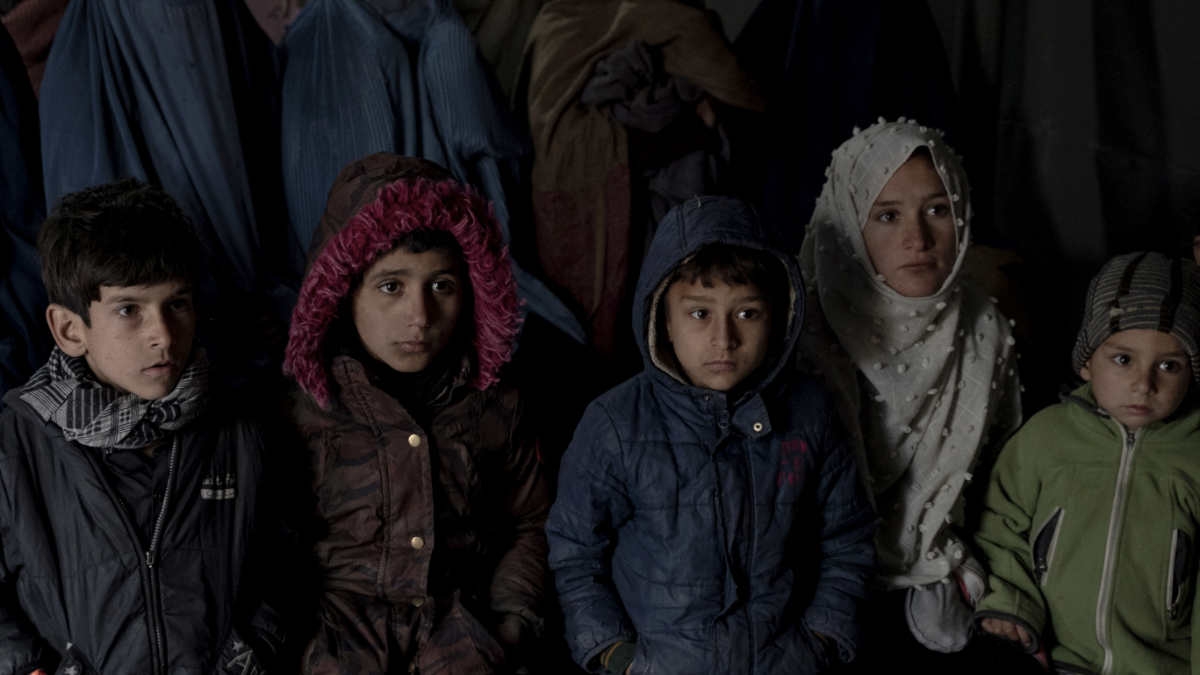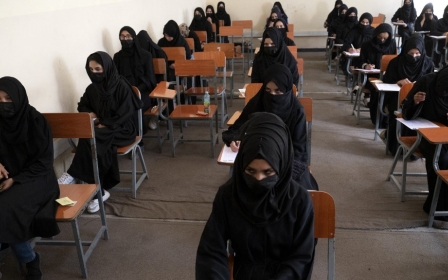US: Record number of special visas issued for Afghans, but scores still waiting

The number of Afghans granted special immigrant visas, or SIVs, hit an all-time high in 2023, amid a crackdown on Afghan refugees in regional countries like Pakistan and the UAE.
Last year, 26,500 SIVs were granted to Afghans compared to 11,000 in 2022, according to US government data.
The surge in approvals comes after a State Department report last year showed it was not doing enough to keep up with the demand. The SIV programme has been in existence since 2009 in order to streamline the process of becoming a US permanent resident for anyone who has worked with the US military for at least two years.
The Taliban retook Afghanistan in 2021 after a chaotic US military withdrawal. While the US evacuated tens of thousands of Afghans, many who worked with the US government remained stranded in Taliban-controlled Afghanistan.
Among those the US exfiltrated, thousands were sent to Gulf countries including Qatar, Bahrain, Kuwait, and the UAE while their visas for the US or EU were processed.
New MEE newsletter: Jerusalem Dispatch
Sign up to get the latest insights and analysis on Israel-Palestine, alongside Turkey Unpacked and other MEE newsletters
Since the withdrawal, the US has resettled roughly 86,000 Afghans, according to data from the Department of Homeland Security. Out of that number, the US issued 34,000 SIVs to qualified Afghans and their family members, according to the State Department.
The State Department asked Congress to approve 20,000 more SIVs last year, but the request is still pending. Even if they are approved, it will make a small dent in the 100,000 applications submitted.
As of 9 January, only 9,000 SIVs are available.
However, thousands of Afghans are still languishing in camps whose conditions have been described as “miserable”. Last year, Human Rights Watch determined that Afghans in the UAE were being arbitrarily detained in the camps.
Meanwhile, Afghans who fled to neighbouring countries are facing new threats. Anti-immigrant sentiment against Afghans is spreading in Iran, while Pakistan has forcibly evicted 300,000 undocumented Afghan migrants back across the border.
Afghanistan was struck with a deadly earthquake in October, compounding what the UN World Food Programme called “a mountain of hardship” that Afghans face with a blistering economic crisis and Taliban crackdown on female education.
Middle East Eye delivers independent and unrivalled coverage and analysis of the Middle East, North Africa and beyond. To learn more about republishing this content and the associated fees, please fill out this form. More about MEE can be found here.




